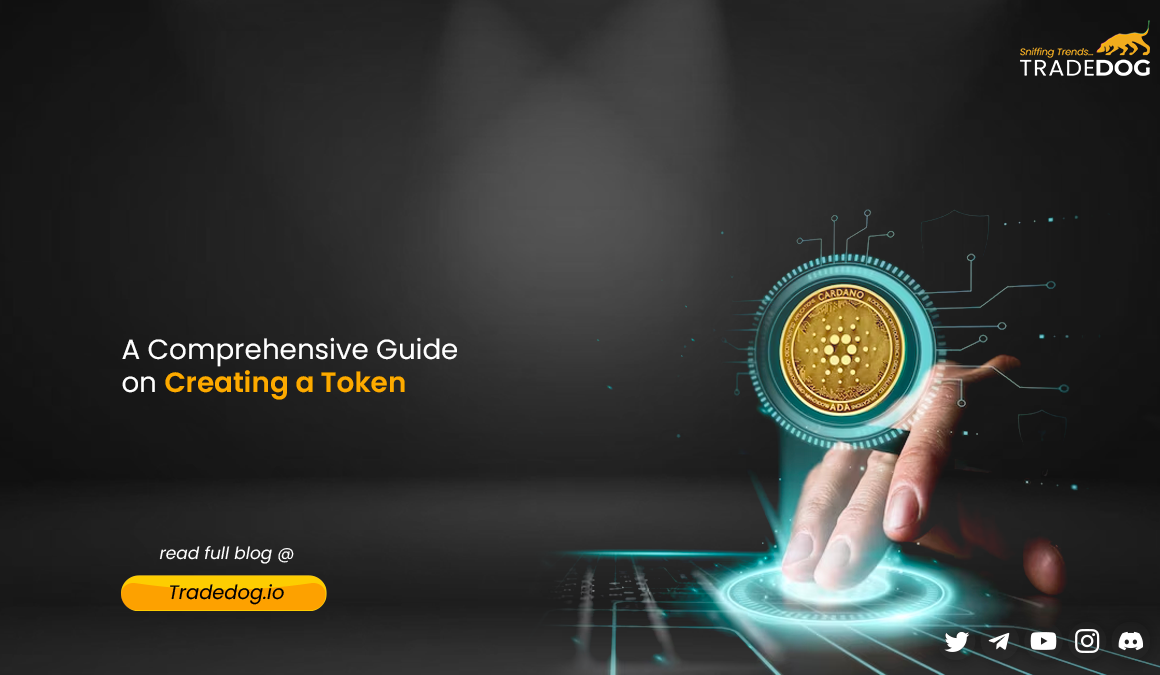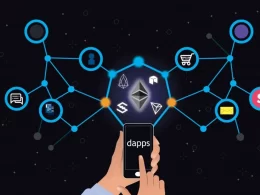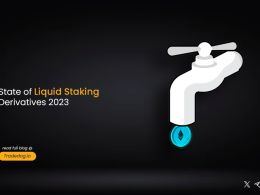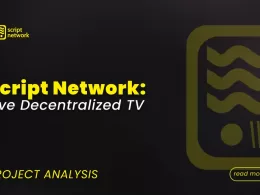Quick Links
Cryptocurrencies and blockchain technology have revolutionized the digital asset landscape through tokens, which embody value and ownership. Tokens serve various purposes, from digital currencies like Bitcoin and Ethereum to representing tangible assets like real estate. This guide aims to demystify token creation, explore token categories, and explain the steps for launching a token on a blockchain network. Whether you’re a blockchain enthusiast, entrepreneur, or curious about this space, this guide will provide essential knowledge for navigating the world of tokenization.
As of November 2023, there are 10,748 cryptocurrencies in existence. However, not all cryptocurrencies are active or valuable. Discounting many “dead” cryptos leaves only around 8,848 active cryptocurrencies. There are around 420 million cryptocurrency users across the globe. The global crypto market capitalization is $1.68 Trillion as of Jan 2024.
Understanding Crypto Tokens
Tokens are the fundamental building blocks of blockchain ecosystems, each serving a unique purpose within this innovative landscape. Understanding the different types of tokens is crucial for anyone looking to navigate the blockchain and cryptocurrency space effectively:
Utility Tokens
Utility tokens are created to provide access to specific products or services within a blockchain ecosystem. They act as digital keys that unlock certain functionalities or features. As an example, Binance Coin (BNB) serves as one of the means to cover transaction fees on the Binance exchange, whereas Ethereum Gas (GAS) is utilized to fund the expenses associated with executing smart contracts on the Ethereum network.
Example: Binance Coin (BNB)
Security Tokens
Security tokens represent ownership in traditional assets, such as stocks, bonds, real estate, or even commodities. Unlike other tokens, security tokens are subject to regulatory compliance, as they often offer rights like dividends, profit-sharing, or voting privileges. They bridge the gap between the blockchain and traditional financial markets, potentially increasing liquidity and reducing the complexity of asset ownership transfer.
Example: nexo (NEXO). Based on the classification by the SEC.
Non-Fungible Tokens (NFTs)
NFTs are the spotlight-stealers of the blockchain world. These unique tokens are indivisible and represent ownership of specific digital or physical assets. NFTs are used to authenticate and transfer ownership of items like digital art, collectibles, virtual real estate, and even in-game assets. The uniqueness and scarcity of NFTs have sparked a booming market for digital collectibles and unique digital creations.
Example: CryptoKitties
Governance Tokens
Governance tokens grant holders the power to participate in decision-making processes within a blockchain network. Owners can vote on protocol upgrades, changes to network parameters, and even the allocation of resources. Examples include MakerDAO’s MKR and Compound’s COMP tokens, which enable users to influence the direction of decentralized finance (DeFi) platforms.
Creating Your Token
Creating your token can be an exciting and potentially lucrative endeavour, but it’s essential to follow a structured approach to ensure the success and security of your project. Here’s a detailed elaboration of the steps involved in creating a token:
- Choose a Blockchain Platform: Selecting the right blockchain platform is the foundational step in token creation. Popular choices include Ethereum, Binance Smart Chain, Solana, and others. Each platform has its strengths and weaknesses, such as transaction speed, cost, and developer support. Make sure to consider factors like community support, scalability, and the specific use case for your token when making your choice.
- Define Token Standards: Depending on the blockchain platform you choose, you’ll need to adhere to specific token standards. For instance, Ethereum uses ERC-20 for fungible tokens, ERC-721 for NFTs, and ERC-1400 for security tokens. These standards define the basic rules and functionalities of your token. It’s crucial to select the standard that aligns with your project’s objectives.
- Decide Token Properties: Customize your token by defining its properties:
- Total Supply: Determine the total number of tokens that will ever exist. This can range from a fixed supply to inflationary or deflationary models.
- Divisibility: Specify the number of decimal places your token can have, which affects its divisibility and granularity.
- Additional Features: Decide if your token will have extra functionalities like minting (creating new tokens), burning (destroying tokens), or pausing (temporarily stopping token transfers). These features can add flexibility to your token’s usage.
4. Write Smart Contract Code: Developing a smart contract is a crucial step. This code defines how your token operates on the blockchain. It includes functions for transferring tokens, checking balances, and executing any additional features you’ve specified. Security is paramount here, as vulnerabilities can lead to exploits and loss of funds. Consider working with experienced blockchain developers and conducting code audits to ensure your smart contract is robust and secure.
5. Deploy the Smart Contract: Once your smart contract is ready, you’ll need to deploy it to the chosen blockchain. Deploying a smart contract often involves paying a transaction fee, which can vary depending on the blockchain. Confirm the deployment to make your token contract live on the network.
6. Test and Verify: Before introducing your token to the public, thoroughly test it on a blockchain testnet. This allows you to identify and fix any issues without risking tangible assets. Additionally, consider verifying the smart contract code on platforms like Etherscan for transparency. Verification provides users with confidence in the legitimacy of your project.
7. Distribute and Market: With your token live on the blockchain, start distributing it to users and marketing your project to create awareness and demand. Utilize cryptocurrency exchanges to list your token for trading, integrate it with compatible wallets, and explore partnerships with decentralized applications (DApps) to expand its utility.
Conclusion
Creating a token is an exciting venture within the blockchain and cryptocurrency space. However, it comes with responsibilities, including understanding the different types of tokens, selecting the right blockchain platform, defining token properties, writing secure smart contract codes, and complying with relevant regulations. Whether you’re a blockchain enthusiast, an entrepreneur, or simply curious, this knowledge equips you to explore the dynamic world of tokens, emphasizing security, transparency, and adherence to regulations for success. As blockchain technology continues to evolve, staying informed and seeking professional guidance will be crucial for navigating this transformative landscape.









